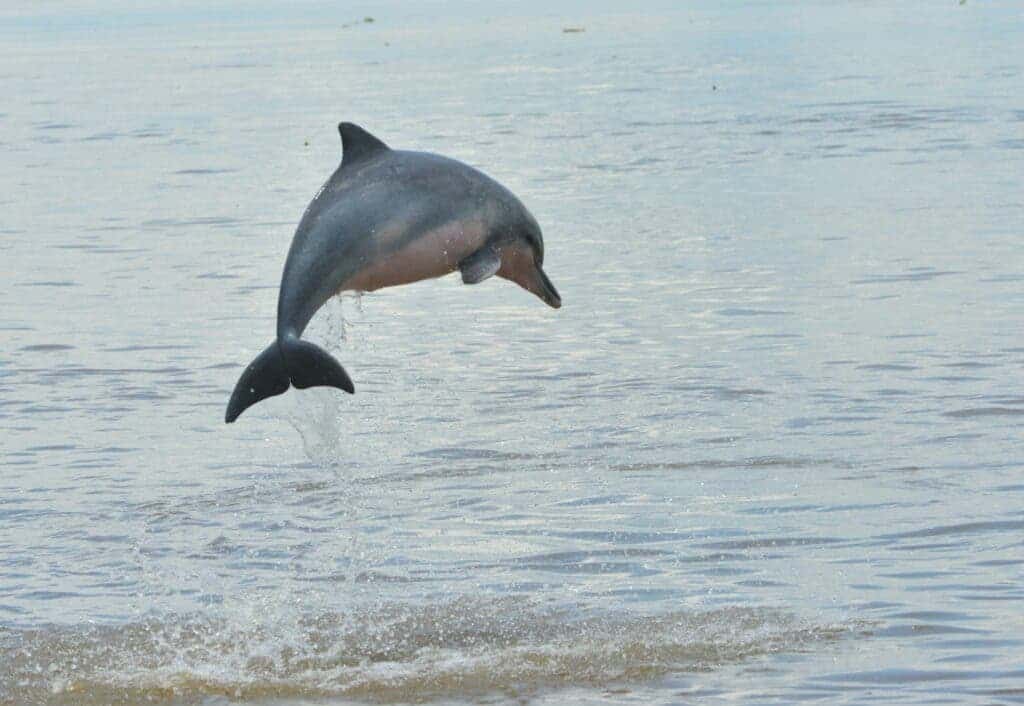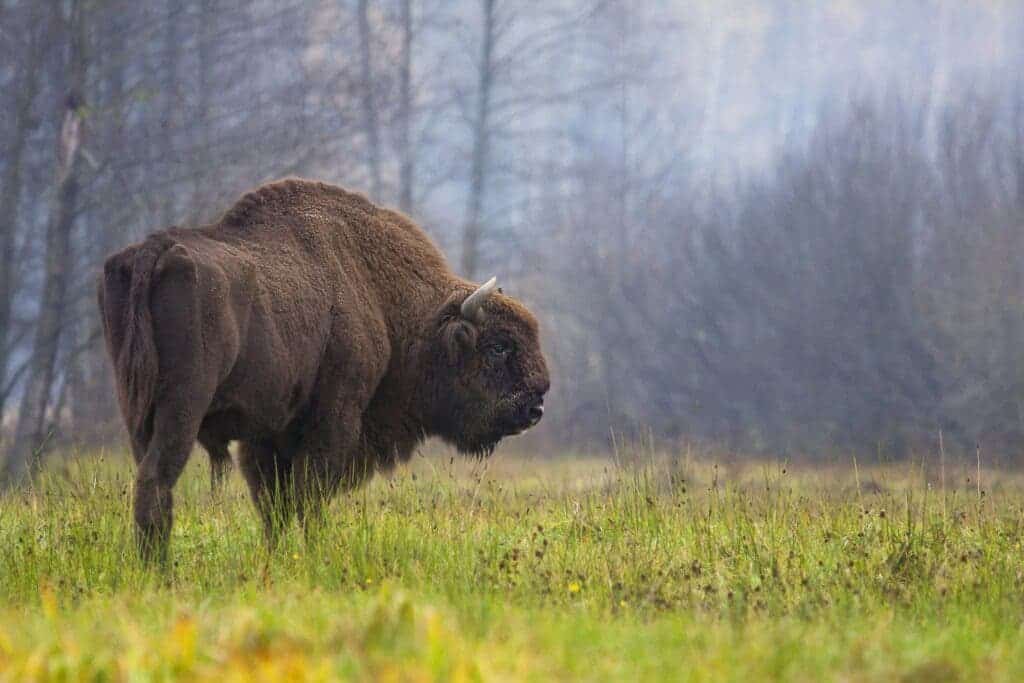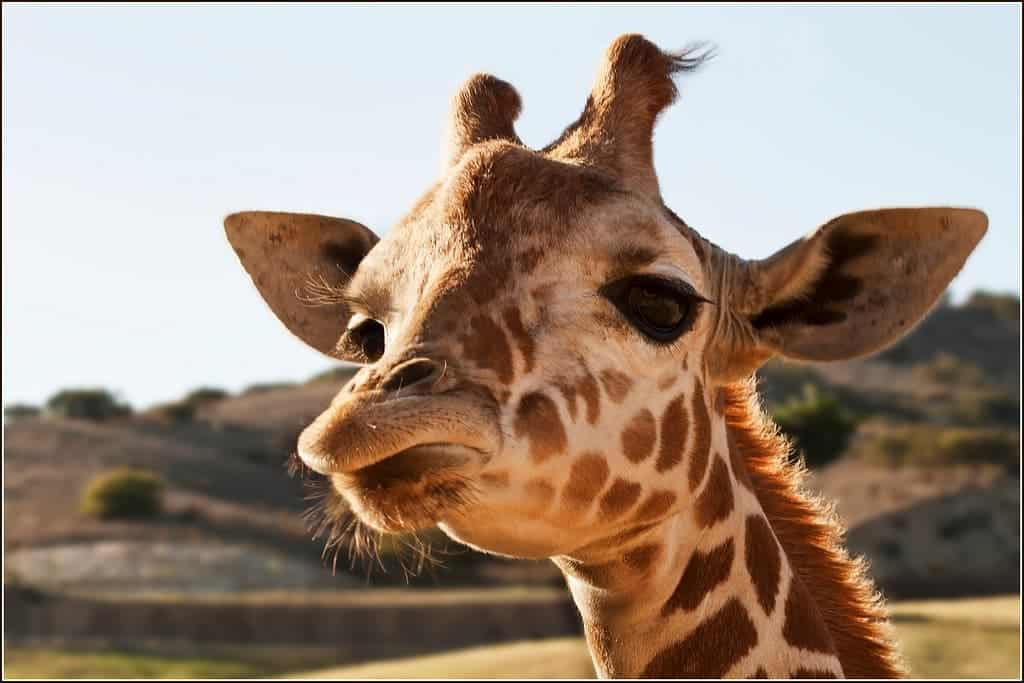A concerning number of the world’s plant and animal species are at risk of extinction, according to the latest update of the IUCN Red List, an account of threatened species carried out by the International Union for Conservation of Nature.
Still, not all is lost: there are some notable success stories this year, showing that there are still ways to promote conservation.

There are now 128,918 species on the IUCN Red List, of which 35,765 are threatened with extinction, or almost 30%. These include, for example, about one-third of all oak trees, 40% of all amphibians, and all the world’s freshwater dolphins. With this new update, 31 additional species were moved into the Extinct category of IUCN — meaning they are virtually extinct in the wild.
“The growing list of extinct species is a stark reminder that conservation efforts must urgently expand,” Bruno Oberle, IUCN’s director-general, said in a statement. “To tackle global threats such as unsustainable fisheries, land clearing for agriculture, and invasive species, conservation needs to happen around the world.”
The species now declared extinct by IUCN include 15 freshwater fish species endemic to Lake Lanao and its outlet in the Philippines, three Central American frog species, three Macadamia species of protea (a genus of South African flowering plants) family, nine Asian oak species, and the recently-discovered lost shark.
The frogs were driven to extinction by a deadly fungal disease known as chytridiomycosis, which has been linked to international trade routes. There are also other 22 frog species listed as critically endangered across Central and South America. Meanwhile, freshwater fish species were most affected by predatory introduced species and over-fishing activities.
The lost shark, formally described only last year, is considered likely extinct by IUCN. This is because its habitat, the South China Sea, has been extensively fished for more than a century and remains one of the most overexploited marine areas in the world, and experts believe it would have been very difficult for the species to survive this sustained pressure.
The IUCN also moved the tucuxi dolphin from data deficient to endangered, which means that all of the world’s freshwater dolphin species are now listed as threatened or worse. The tucuxi, found in the Amazon river system, has been severely depleted by incidental mortality in fishing gear, damming of rivers, and pollution.
Plants are also not spared by this assault. The IUCN sounded the alarm on the wild progenitor of the farmed macadamia nut, as three wild macadamia species are now threatened with extinction. The discovery comes from a comprehensive assessment of the Protea family of flowering plants of the southern hemisphere.
“Seeing so many species joining the Extinct category, many of which have only just been discovered is heart-breaking. The Red List is a vital tool that helps us understand the pressures facing the diversity of life and therefore the conservation responses needed,” said Dr. Andrew Terry, Director of Conservation and Policy at ZSL.
Conservation efforts
The most recent update of the Red List is also proof that conservation efforts really pay off. The wild population of the European bison went from around 1,800 in 2003 to over 6,200 in 2019, justifying the move from vulnerable to the less serious near threatened category. The recovery is regarded as a “conservation success story” — one of the very few.

The species survived only in captivity in the early 20th century and was reintroduced to the wild in the 1950s. The largest subpopulations are now found in Poland, Belarus, and Russia. There are currently 47 free-ranging European bison herds. However, herds are largely isolated from one another and confined to non-optimal forest habitats.
“To reduce the conflict risk and the bison’s dependence on supplementary feeding, it will be important to create protected areas that include open meadows for them to graze”, said in a statement Dr. Rafał Kowalczyk, co-author of the new assessment and member of the IUCN SSC Bison Specialist Group.
If we want more success stories like the bison’s, we need not only targeted and active conservation efforts — but also systemic changes in society. In addition to the local pressures most often posed by human society, global pressure such as climate heating or plastic pollution are also taxing on many species.





